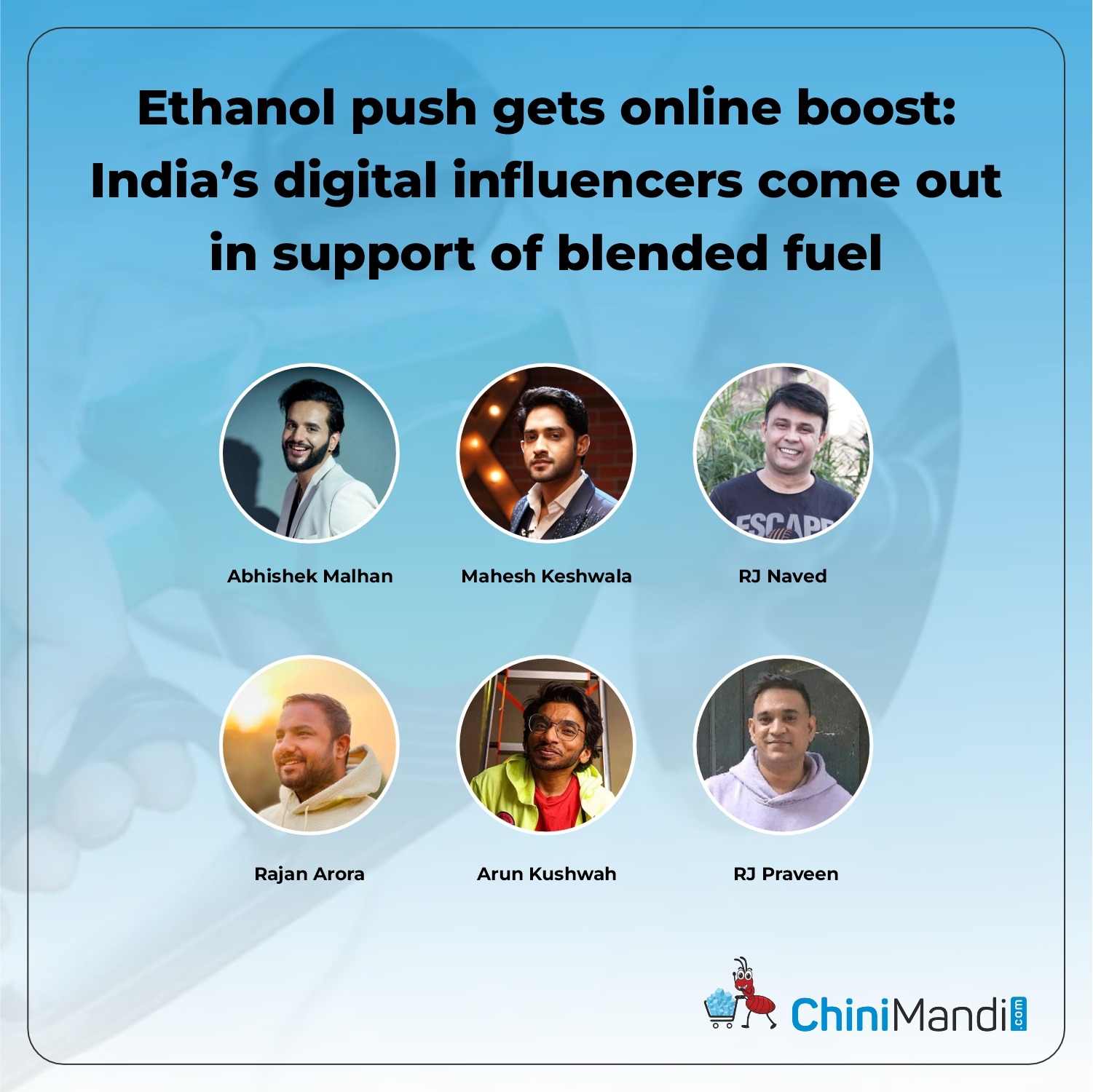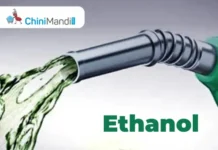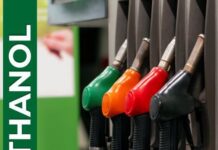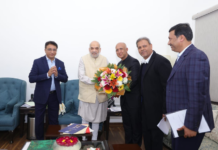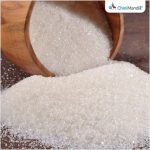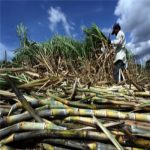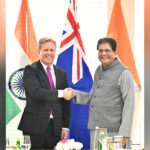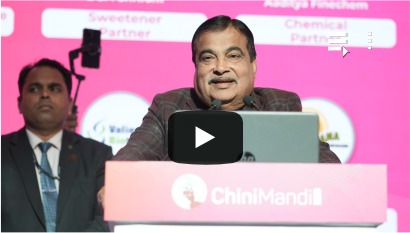As some social media users try to create fear and confusion around the use of E20 fuel, a growing number of India’s popular digital influencers are voicing strong support for the government’s ethanol blending programme.
While a section of online narratives sought to mislead vehicle owners by selectively picking information and spreading false claims about E20’s impact on vehicles, well-known influencers such as Abhishek Malhan (Fukra Insaan), Mahesh Keshwala (Thugesh), RJ Naved, RJ Praveen, Arun Kushwah (Chhote Miyan), Rajan Arora, finance influencer Sanjay Kathuria- along with many others- have used social media to highlight the real benefits of ethanol blending.
They have shared informative videos demonstrating the advantages of using ethanol blended fuel, helping to dispel myths and educate their audiences.
These creators- spanning entertainment, lifestyle, finance, radio and others- are playing a crucial role in reaching diverse audiences. The Government has already clarified that the fear-mongering campaign is baseless.
Recently, in a detailed release, the Ministry of Petroleum and Natural Gas (MoPNG) stated that ethanol blending is a national programme. Some seek to derail it by fomenting fear and confusion in the minds of car owners by selectively picking information and creating a false narrative that insurance companies will not cover car damage due to use of E20 fuels. This fear mongering is totally baseless and has been clarified by an insurance company whose tweet screenshot was deliberately misinterpreted to create fear and confusion. Usage of E20 fuel has no impact of the validity of insurance of vehicles in India.
Backing the government’s clarification, influencers have been spreading awareness on how ethanol blending is not only safe for vehicles but also critical for India’s energy future. They pointed out that the E20 programme will help reduce dependence on costly crude oil imports, save valuable foreign exchange, cut down carbon emissions, and most importantly, enhance farmers’ income by providing a stable market for crops.
By leveraging their large follower base, these digital creators are helping counter misinformation and build trust in the ethanol blending initiative. Their support is seen as a significant boost to the government’s efforts to make India self-reliant in energy while promoting sustainable growth and farmers’ welfare.
With the Ethanol blending programme, money which was earlier spent on crude oil imports is now going to our farmers who have become “Urjadaatas” apart from being “Annadatas”. During the last eleven years from Ethanol Supply Year (ESY) 2014-15 to ESY 2024-25 upto July 2025, Ethanol blending in Petrol by Public Sector Oil Marketing Companies (OMCs) has resulted in savings/conservation of more than Rs.1,44,087 crore of foreign exchange, crude oil substitution of about 245 lakh metric tonnes providing crucial energy security and CO2 emission reduction of approximately 736 lakh metric tonnes, the equivalent of planting 30 crore trees. At 20% blending, it is expected that payment to the farmers in this year alone will be to the tune of Rs.40,000 crore and forex savings will be around Rs. 43,000 crores.
The use of E-20 gives better acceleration, better ride quality and most importantly, lowered carbon emissions by approximately 30% as compared to E10 fuel. Ethanol’s higher-octane number (~108.5 compared to petrol’s 84.4) makes Ethanol-blended fuels a valuable alternative for higher-octane requirements that is crucial for modern high-compression engines. Vehicles tuned for E20 deliver better acceleration which is a very important factor in city driving conditions. Additionally, Ethanol’s higher heat of vaporization reduces intake manifold temperatures, increasing air-fuel mixture density and boosting volumetric efficiency, according to the MoPNG.
Previously Petrol was being sold in India with Research Octane Number (RON) of 88. Today, regular petrol in India has a RON of 91 to meet the requirements of BS-VI, which aims to reduce harmful emissions. However, this has again been improved further to RON 95 with blending of Ethanol 20, resulting in better anti knocking properties and performance, the oil ministry further stated.
As per the ministry, the critiques suggesting that E20 causes a “drastic” reduction in fuel efficiency are misplaced. Vehicle mileage is influenced by a variety of factors beyond just fuel type. These include driving habits, maintenance practices such as oil changes and air filter cleanliness, tyre pressure and alignment, and even air conditioning load. Extensive discussions have been carried out with the Society of Indian Automobile Manufacturers (SIAM) as well as prominent manufacturers of vehicles. The efficiency drop (if any) in E 10 vehicles has been marginal. For some manufacturers, vehicles have been E 20 compatible from as far back as 2009. The question of any drop in fuel efficiency in such vehicles does not arise.
The alternative of going back to E-0 Petrol would involve losing the hard fought gains on pollution and the success achieved in energy transition. The roadmap of the IMC had been in the public domain from 2021 and laid out a calibrated path to reaching E-20. Since then, there has been a period of over 4 years which has allowed vehicle technology to improve, supply chain to be calibrated and an overall eco-system developed.
“Furthermore, it is noteworthy that Brazil has been successfully running on E27 for years with zero issues. The same automakers such as Toyota, Honda, Hyundai etc. produce vehicles there too. Moreover, safety standards for E20 are well established through BIS specifications and Automotive Industry Standards. In most parameters including drivability, startability, metal compatibility, plastic compatibility, there are no issues. Only in case of certain older vehicles, some rubber parts and gaskets may require replacement earlier than in case non blended fuel was used. This replacement is inexpensive and can be easily managed during routine servicing. It may need to be done once in the life time of vehicle and is a simple process to be carried out at any authorized workshop,” MoPNG clarified.

